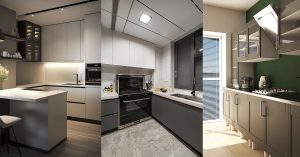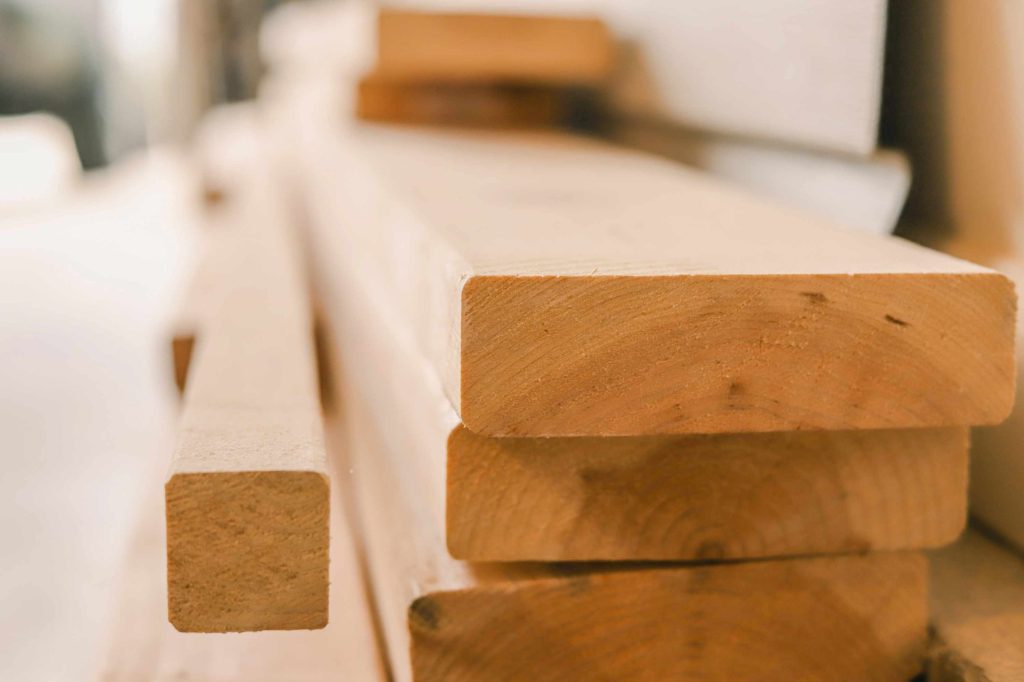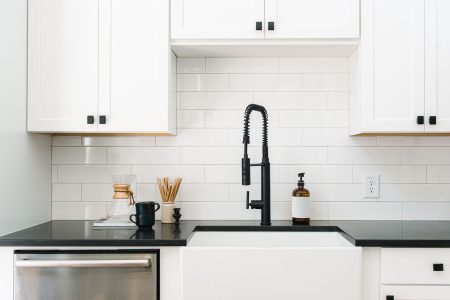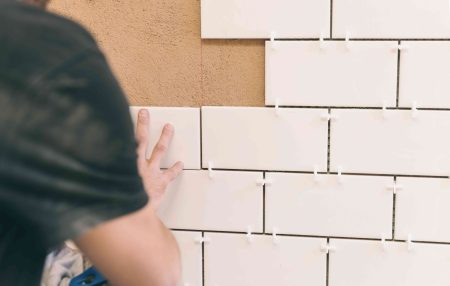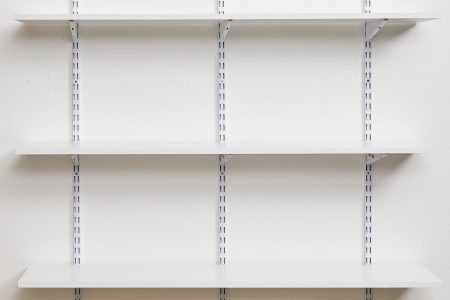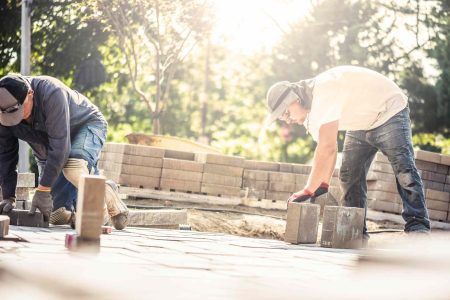Although the pandemic has spurred many home renovation projects, getting the supplies you need may be harder and it will cost you more. I’ve experienced this pandemic shortage first hand recently when shopping for a sheet of plywood. It was double the price that I paid for the same size and grade at the beginning of the year. The National Association of Home Builders says lumber prices have increased more than 300% since April 2020. Unfortunately, these shortages and prices seem like it’s here to stay for a while. And, it’s impacting the home improvement business.
1. The Home Improvement Craze
Many homeowners were forced to spend a lot more time at home in 2020. During that extra time at home, all those eyesores and other home improvement fixes you’ve ignored for years were staring you right in the face. The pandemic-driven home renovation craze has boosted demand in lumber and suppliers have struggled to keep up. Wood prices have more than tripled in price since spring of 2020. The National Association of Home Builders says the average cost increase for a new single-family home is up more than $36,000 since this time last year. Lumber prices are the most obvious, but the supply chain for other home improvement supplies is also suffering.
2. Supply Chain Delays
This was the year I planned to finally update my floors with luxury plank vinyl flooring. However, it looks like I, and many others, will just have to wait. “We are running into a lot of backorders,” says Elisabeth Stubbs Co-Owner Enhance Floors & More, “Imported products (particularly LVP) are often unavailable for 30 to 60 days.” According to the Federal Reserve Bank of Cleveland, factory shutdowns due to shelter-in-place orders last spring led to shortages of products. At the beginning of the pandemic, shutdowns forced some sawmills to stop production while Americans stocked up on materials for do-it-yourself projects while spending more time at home. Combine that with record-low home interest rates that spurred a real estate boom, many potential homebuyers turned to new construction when home inventory dropped.
As these suppliers began to reopen, labor shortages still persisted, leading to delays in getting goods to where stores or homes. “Even made in USA products are on production delay,” says Stubbs. “Getting products delivered from the manufacturer or distributor to us is also taking much longer than in the past.”
3. Small Jobs Are Impacted Too
It’s not only new home builders or large home renovations that are feeling the pinch. Even small jobs are experiencing delays and price hikes. “The skyrocketing lumber prices have largely affected my entire business,” says professional carpenter and founder of Tools’n’Goods, Sean Chapman, “It’s not only me but also fellow contractors, who can’t work on many of their projects because homeowners are apprehensive to order lumber for renovation projects and building new houses.”
Many homeowners are delaying small projects in hopes that prices will fall. Stubbs concurs. “Clients that had gotten quotes in the past that are now ready to proceed are often surprised by the prices having gone up,” she explains, “Some put a halt on the project because of the price increases.” If you want to pay the higher prices to get your project done asap, you will still have to wait. “Even those people who are willing to pay the triple price for lumber parts, often can’t get them due to supply shortages,” says Chapman.
What the Future Holds
Top economists say to expect lumber prices to remain volatile and shortages to continue with a leveling off in late 2021. It may take until 2022 before we see a decrease and there is a possibility that it will be 2023 before it could return to pre-pandemic prices. In the meantime, it’s best to make a priority list and really think about what absolutely needs to be done in order to protect the integrity of your home. For me, I will live with my no-so-great condition laminate flooring until the supply chain catches up.
Read the full article here


